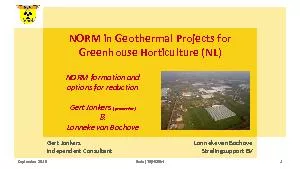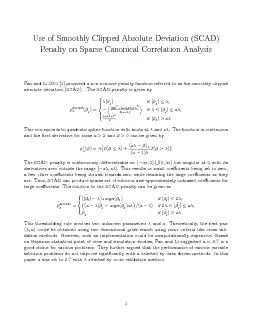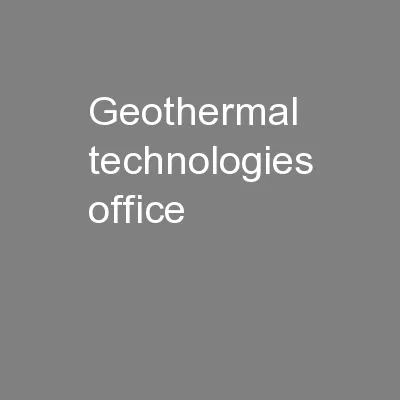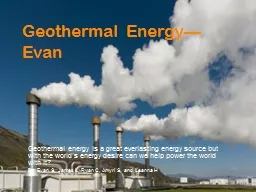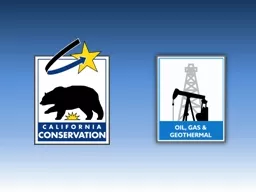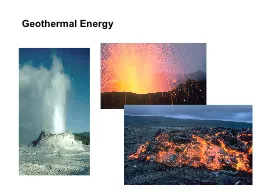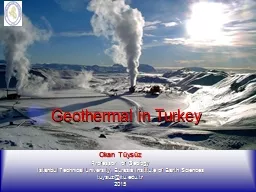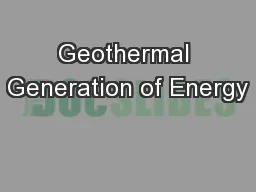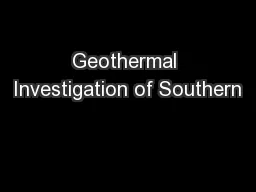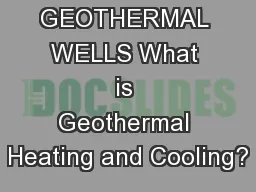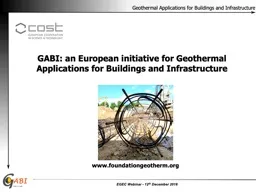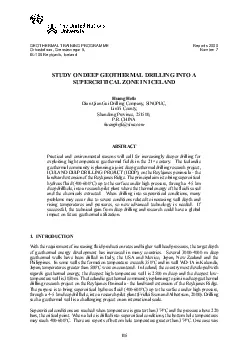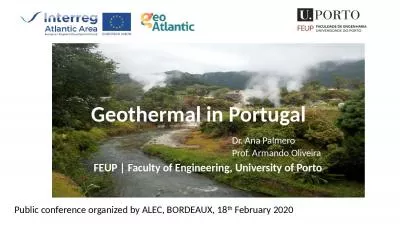PDF-NORM in Geothermal Projects for
Author : cady | Published Date : 2021-07-06
Greenhouse Horticulture NL Gert Jonkers Lonneke van Bochove Independent Consultant Stralingsupport BV NORM formation and options for reduction Gert Jonkers presenter Lonneke
Presentation Embed Code
Download Presentation
Download Presentation The PPT/PDF document "NORM in Geothermal Projects for" is the property of its rightful owner. Permission is granted to download and print the materials on this website for personal, non-commercial use only, and to display it on your personal computer provided you do not modify the materials and that you retain all copyright notices contained in the materials. By downloading content from our website, you accept the terms of this agreement.
NORM in Geothermal Projects for: Transcript
Download Rules Of Document
"NORM in Geothermal Projects for"The content belongs to its owner. You may download and print it for personal use, without modification, and keep all copyright notices. By downloading, you agree to these terms.
Related Documents

